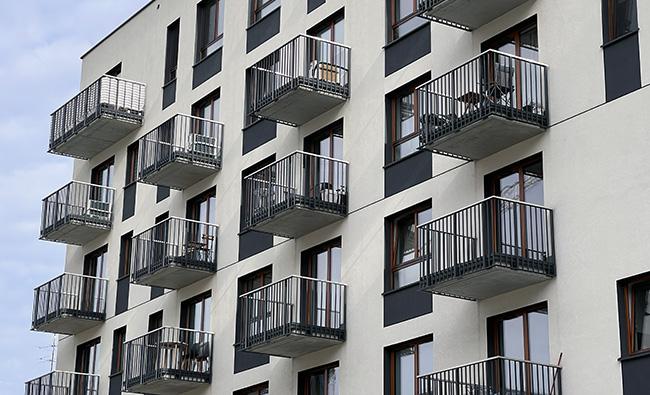What types of homes are selling fastest in Poland’s major cities?
The speed at which new apartments are sold varies significantly across Poland’s largest cities and is not solely determined by price. While lower-priced units often sell quickly, market analysis from BIG DATA RynekPierwotny.pl suggests that other factors, including location, target demographic, and urban infrastructure, also play a critical role.
In cities like Warsaw and Gdańsk, where average prices are among the highest nationally, apartments are still selling relatively fast — typically within 14 months. This contrasts with Kraków, Poznań, and Wrocław, where average selling times stretch to 20–21 months, and Łódź, where buyers may wait up to 26 months to close a sale.
In Wrocław, mid-priced apartments (around PLN 9,000–10,000 per sqm) are selling the fastest, often within nine months. This trend is attributed to demand from young professionals and investors targeting rental properties. In Kraków, the fastest-selling units are those at the lower end of the price range (PLN 10,000–12,000 per sqm), reflecting continued interest in affordable options. In contrast, higher-end and premium apartments take longer to sell, requiring more time to match with suitable buyers.
According to Grzegorz Woźniak, President of Q3D Locum, tailoring residential offerings to local market characteristics is crucial. He notes that successful developments often combine competitive pricing with good connectivity and proximity to essential services. In an increasingly cautious market, details such as the design and quality of shared spaces have also become more relevant in influencing buyer decisions, particularly in larger cities where affordability is a growing concern.
Location continues to be a decisive factor in housing demand. In cities such as Kraków, the “15-minute city” concept — which prioritises access to workplaces, schools, shops, and services within a short walking or cycling distance — is gaining traction. Projects built around this model are proving attractive to buyers seeking a more balanced urban lifestyle.
Krzysztof Tętnowski, CEO of Tętnowski Development, emphasises that well-connected residential areas, even outside city centres, are likely to see increasing demand. Developments such as Nowa Drożdżownia in Kraków reflect this trend by integrating access to public transport and local amenities. He argues that such neighbourhoods not only improve quality of life but also support sustainable urban growth and local entrepreneurship.
The current data suggests that while price remains an important factor in housing sales, buyers are increasingly focused on broader aspects of livability. Developers are expected to respond by designing residential projects that combine affordability, accessibility, and functionality in line with evolving urban planning trends.









